|
Listening to the rain on my window this evening, March has proven to be a lion the whole way through. The few warm days have been punctuated with random snow storms, lots of rain, and some chilly sunny days. No, this is not uncommon, I mean, it's spring in Ohio after all. I have been taking my down time this month to go through the past two springs to see how things line up, see if certain plants always bloom first or if it's based on other factors (maybe more rain this year means plant x will bloom before plant y who likes more sun and has bloomed first before) - yeah, I'm even making an excel sheet about it, it's a thing... But anyway the findings are fascinating! 2016 - First Bloom: (at Wooster memorial park because if you remember I went out there every single day (literally) to find the first blooming trillium, on the way I learned about all these other cool plants aaannnd the rest is history) The first bloom was a tie, the hepatica was cracking open (3/13) but the spring beauty was in full bloom (3/14) and it had gotten chilly so the hepatica closed back up. Other blooms March 2016... Skunk Cabbage, Spring Beauty, Hepatica, Colts Foot, Dutchman's Breeches, Deadnettle, Cutleaf Toothwort, Bloodroot, Swamp Buttercup, and Blue Cohosh! 2017 - First Bloom: Technically Harbinger of Spring but that was at a park I don't regular, at a regularly visited (by me) park, Hepatica (3/26) was the winner. Other blooms March 2017... Skunk Cabbage, Harbinger of Spring, Hepatica, Spring Beauty, Swamp Buttercup, Cutleaf Toothwort, Bloodroot, Dutchman's Breeches, Colts Foot The photos of both years show Trilliums are up and budding (but not blooming yet). 2017's photos are snowier than 2016, and I'm sure the cold of 2018 is what's put the damper on this year's blooms (just like how the frogs and salamanders are only now getting to their migration). 2018 - First Bloom: Colt's Foot at Barne's Preserve Putting the grand total for blooms here in Wayne County (that I've found) at 2 - Skunk Cabbage and Colt's Foot. Now that's not for lack of trying, the few warm days have the plants geared up to bloom, you'll notice the buds on March 6th, they're still ready and waiting with the addition of other buds March 19th. Once this weather turned nice, watch out, these plant's won't be stopped! March 6, 2018 - Wooster Memorial ParkGreen! After winter how can one not appreciate seeing the new, bright hue that has seemed to escape us for so long. March 11, 2018 - Brown's Lake BogPitcher plants are beginning to gain size, some ferns are unfurling, and the tiniest clues of sundews are beginning to show! March 11, 2018 - Force RdMigration season is really taking off, this evening though, we enjoyed the honking of swans in the marsh. March 16, 2018 - Barnes PreserveLate evening walk at Barnes, all was quiet at the pond but the field was filled with fluttering bluebirds! March 19, 2018 - Wooster Memorial ParkSlow and steady wins the race... More buds are appearing, but no flowers yet. Beginning to see more (I believe) sweet Cicely, that I had thought initially was dutchman's breeches (you'll see that on the 30th post). March 27, 2018 - Brown's Lake BogRain sure highlights the uniqueness of the bog. Tiny sprouts, florescent golden ragwort rosette, and the mosses! March 30, 2018 - Wooster Memorial ParkNew spring regulars are waking up, still no blooms.
2 Comments
The Trout Lily (erythronium americanum) can be clearly identified by its mottled leaves from which it receives its name - said to resemble the coloring/patterning of that of a speckled or brown trout. Each flower arises from a set of two leaves upon a stalk bearing only one flower. The outer flower appearing bronze and the inner a bright yellow.
It is sometimes known under the common name Dog Tooth Violet due to the toothlike shape of the underground bulb. However, since it's not part of the violet family this is a confusing nomenclature (let's just stick to trout lily). There is also a White Trout Lily (erythronium albidum) which bears similarly patterned leaves but are more narrow and the flower is white (sometimes tinged lavender). Bloom time for the white trout lily is generally Feb. - April. Purple Cress (Cardamine douglassii)Although the flowers are almost identical to those of the cut-leaf toothwort, the Purple Cress can be clearly identified by the basal leaves; they are about 1" long and across, cordate-orbicular, and bluntly dentate or undulate along their margins (see photos below).
This native plant blooms in early spring in damp woodlands and by early summer it has released its seeds and died down. The Giant Blue Cohosh (Caulophyllum giganteum) rises late March early April as a bundled up deep purple mass on a thick purple stem. Hidden amongst the furled leaves are a few small thick and waxy reddish purple flowers with bright yellow and green centers. As this plant grows the purple fades to green as the leaves and stems spread out. Below you can see the same plant in different forms. After the leaves spread out, the flowers fall revealing groups of berries colored a dark blue.
This plant is native to our area (Eastern US) and has been used for hundreds of years by Native Americans for many purposes, "The primary function of blue cohosh in many Native communities of North America was to induce childbirth, ease the pain of labor, rectify delayed or irregular menstruation, and to alleviate heavy bleeding and pain during menstruation." Dutchman's Breeches (Dicentra cucullaria (L.) Bernh.) are a native wildflower to the Eastern US which produces blooms March - May in rich and rocky deciduous woods and ravines. A long stem emerges from the fern-like foliage to bloom pantaloon-resembling flowers (hence the name). These can be differentiated from the similar looking 'squirrel corn' by the sharp spurs and yellow bases of the 'breeches' where as the 'squirrel corn' has more of a round heart shape and does not have the yellow base. Both the squirrel corn and the dutchman's breeches are of the 'bleeding heart' family and as with the bleeding hearts are highly toxic and can cause irritation even to the touch (unless you're a bumblebee). This plant is an important source of pollen and nutrients to early awakening bees.
Upon the arrival of summer, the dutchman's breeches will go dormant until early spring comes around again. The common Coltsfoot (Tussilago farfara) goes by various other names, coughwort, hallfoot, horsehoof, foalswort, fieldhove, bullsfoot, donnhove, and in France Pas d'âne.
One of the earliest flowers to bloom, coltsfoot's flowers superficially resemble the dandelion, upon further inspection you will clearly be able to tell the difference by size (flowers are much smaller) the stem (much thicker, scaly, and taller) and the leaves are either nonexistent when blooming or the full round leaves (resembling a colt's foot) where as the dandelion have oblong sharp lobed leaves. Flowers can be found blooming February - June along roadsides and other waste places. The name colts foot comes from the leaf shape's resemblance to a cross-section of a colt's foot. Originally from Europe, settlers introduced the coltsfoot to America for medicinal purposes. As a medicinal herb, coltsfoot has been used for centuries for many purposes: cough dispeller, in treating asthma, bronchitis, and other respirator ills. In the past in Paris, the coltsfoot flowers would be painted as a sign on the doorpost of an apothecaries shop. An extract of fresh leaves can be used for making cough drops or hard candy, and its dried leaves can be steeped for a tea. (pregnant, young, and elderly should take caution using this herb) Below you can see the early bud, the flowers opening, and a full blooming flower. A native to the Eastern US, the Cutleaf Toothwort (Cardamine concatenata) is an early bloomer in the spring wildflower season.
Found primarily in moist woodlands, flowering from April - June, it can be properly identified by the sharply-toothed, deeply-lobed leaves. Flowers bloom in clusters, four petals per flower generally white, but can be white tinged with pinks or purples. The leaves and rhizomes are both edible, raw or cooked. Supposedly the taste is peppery - reminiscent of horseradish but remember it's illegal to take any part of plants from public parks or nature preserves. The bloodroot should begin to bloom anytime in the next few weeks here in mid-northeast Ohio, being found along stream edges and in damp woodland areas. They can be identified by their beautifully symmetrical 8-10 petaled stark white flowers with a bright golden sometimes orange center. What's most unique about this flower is the flower will rise up and bloom before its leaves unfurl. The flower, once blooming, only lasts a few short days, closing at night and on cloudy days.
The name bloodroot comes from the red fluid from the underground stem; native americans once used the dye from this plant to color baskets, clothing, and to use as war paint and insect repellant. Erigenia bulbosa, aka Harbinger-of-Spring, aka Salt-&-Pepper Plant, is one of (if not) the first wildflowers to bloom. It is native to the Eastern US, blooming anytime from January to May among the leaf matter in deciduous forests.
There are only two species of hepatica in North America, both live in the same area: the sharp-lobed and the round-lobed hepatica. Both species look the same except for the three deeply lanceolate lobed leaves are either pointed at the end or rounded.
Each plant plant has several slender, hairy stalks that lead to a pretty flower of five to nine petal-like sepals. Fun fact- there are no true petals on these flowers, instead they're classified as sepals "Usually green, sepals typically function as protection for the flower in bud, and often as support for the petals when in bloom." These flowers come in a variety of colors - white, pink, purple, and blue! The spring beauty (claytonia virginica) is a low-growing plant with broad, linear leaves which distinguishes is from the very similar (claytonia caroliniana) which has broad, ovate leaves.
The small flowers which grow in bunches can be distinguished by their light pink/white petals striped with a darker pink. These flowers grow from underground tubers and can be found in large clusters. Where there's one grouping, you're sure to find another close by. Full disclosure: This post is from the April 2016 archives - have you gone through any of the archives, there's some great stuff there and it's really cool looking back and comparing the years! But at any rate, we're on the verge of spring wildflower season and going through my archives I've found there's quite a few flowers I need to highlight and add to the flower profiles, so while I put all those goodies together, let's learn and re-cap from springs past! Flower Spotlight: Skunk Cabbage
4/19/2016 This unique plant is one of the most interesting plants I've been able to find this season. Beginning in late winter, the skunk cabbage is the first life to emerge from the cold snow covered ground. Through its rapid growth, its cellular respiration actually melts the snow around it reaching up to 60 degrees fahrenheit! The skunk cabbage gets its name from the smell emitted from the spathe (reddish brown thing: photo 1) generally after disruption or bruising. This smell is important as it attracts the flies that will then pollinate the spadix (round yellow ball that sits inside the spathe: photo 1). By late spring, a tight roll of bright green leaves emerge from next to the spathe, slowly unraveling into huge green cabbage-like leaves that will blanket the wet and wooded area in which it lies. March is truly living up to its motto - In like a lion... we'll see if it goes out like a lamb (although I've known lambs to be just as roudy as lions!). But random snowstorms aside spring is really, truly on its way. Going through the archives I've found this type of weather is completely normal, 2016 was much like this year, and the plants are keeping on. Just the other day I was out at Wooster Memorial Park doing an exploratory hike (on the trail but moving at the speed of 1.5mi 3hrs as I do, when hiking with me, pack a lunch!) and just beyond the layer of leaf litter a world is awakening, new hepatica leaves with their fuzzy stems are pushing through, the spring beauties are already budding (any day the first blooms!), waterleaf is broadening, and a very cool creepy critter can now be found - the Gian Red Velvet Mite!  The Giant Red Velvet Mite is super important this time of year as it eats the insects that eat the bacteria that decomposes leaves - that was a mouthful, what does that mean? That means the bacteria and fungi can get the forest leaf litter out of the way so the plants and flowers can bloom and grow (bloom and grow foreeevvver - Edelweiss anyone?). An important thing to note about these giants of the tiny world is that they will not bite humans or pets, they're not out to suck your blood or give you crazy diseases so please leave (leaf) them alone to do their jobs! Enjoy the slideshow of things found in the park... I promise, in the sea of brown a world of green is just a few weeks away! When spotted, the Carolina wren can be easily identified by its light band above its eyes and tail being held high, but more often than not this tiny song bird is often heard rather than seen.
Wrens can bond at any time of the year and the pair will stay together for life (see the happy couple below). Only the male Carolina wren sings, unlike other wren species where both mates sing. Songs and sounds can be found HERE. To attract wrens to your feeders, provide suet and shelter. There is a myth that says a robin and a wren went to battle one another on winter solstice, the robin triumphs by killing the wren and brings back the sun. The birds held a competition to decide who the king of birds would be, the champion would be the one who was able to fly the highest. The eagle flew the highest and upon reaching the apex of its flight, the wren emerged hidden on the eagle's back, proclaiming itself the king of birds. The wren symbolizes keeping life in balance, take time to learn from elders. Probably the easiest bird to identify is the Northern Cardinal. A non-migrataory and non-molting bird, its bright red body and upright crest makes it stand out through all the seasons. This bird is so loved it has been named the state bird for seven different states (more states than any other bird) - Ohio, Indiana, Illinois, Kentucky, West Virginia, Virginia, and North Carolina; the meadow-lark comes in second being represented in 6 different states!
There is much folklore and symbolism surrounding these birds, what I've always heard (but can't seem to find in any of my books on symbolism) is when a cardinal comes to your yard, it's a loved one who has passed on coming to visit. I've always found that to be comforting and many a cardinal I have talked to as if they were my late loved ones. The bright red color of the cardinal reminds us to take charge, be bold, have courage to stand out, be proud of yourself and your achievements. Add color to your life, and remember that everything you do is of importance. |
AboutSince 2015 we have been exploring and sharing all the amazing things we’ve found in nature. AuthorEmily is an Ohio Certified Volunteer Naturalist who is most often found out in the woods. Archives
June 2024
Categories
All
|

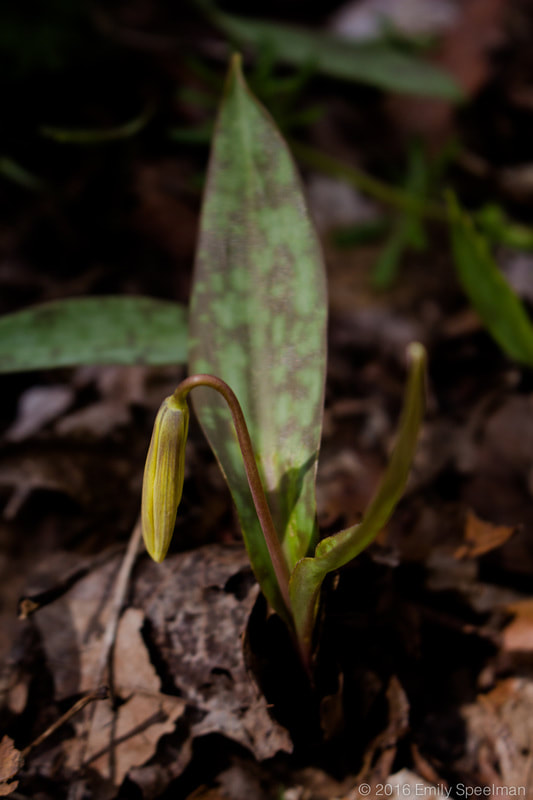
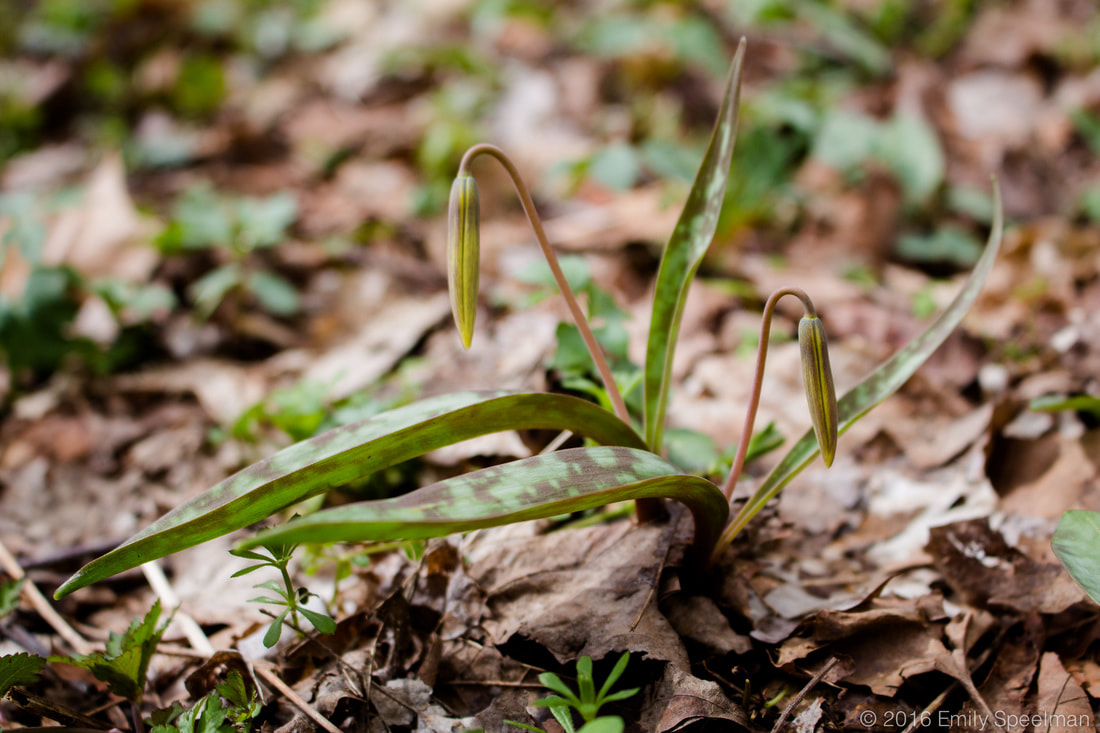
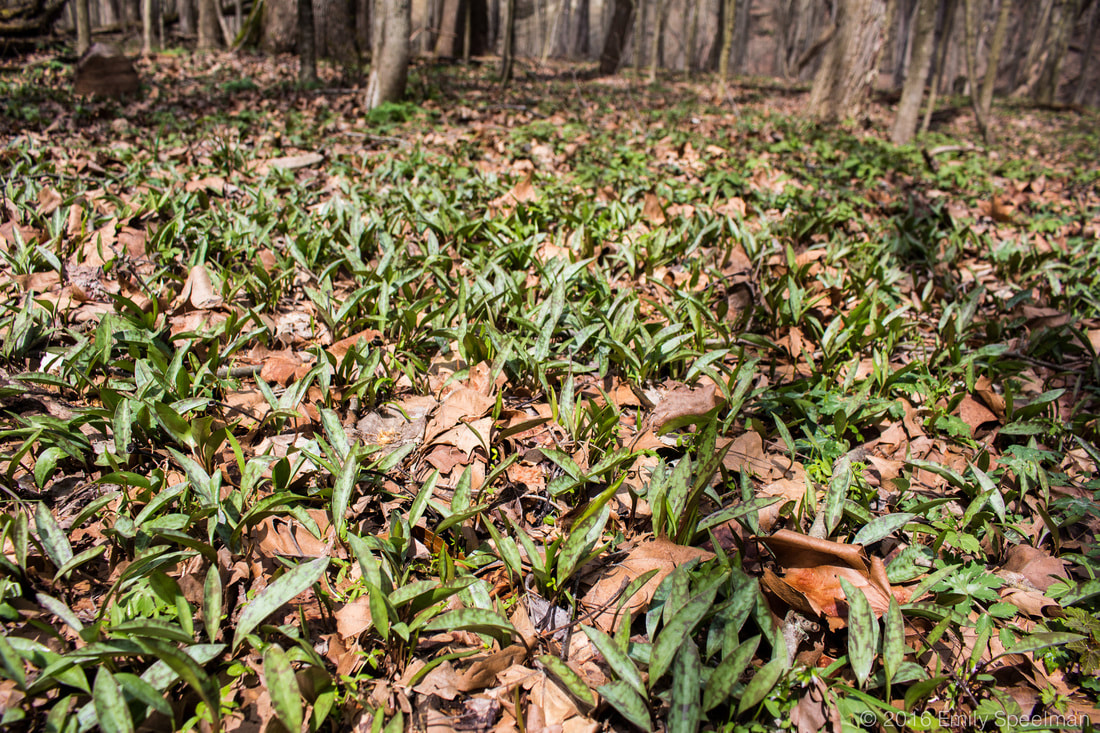
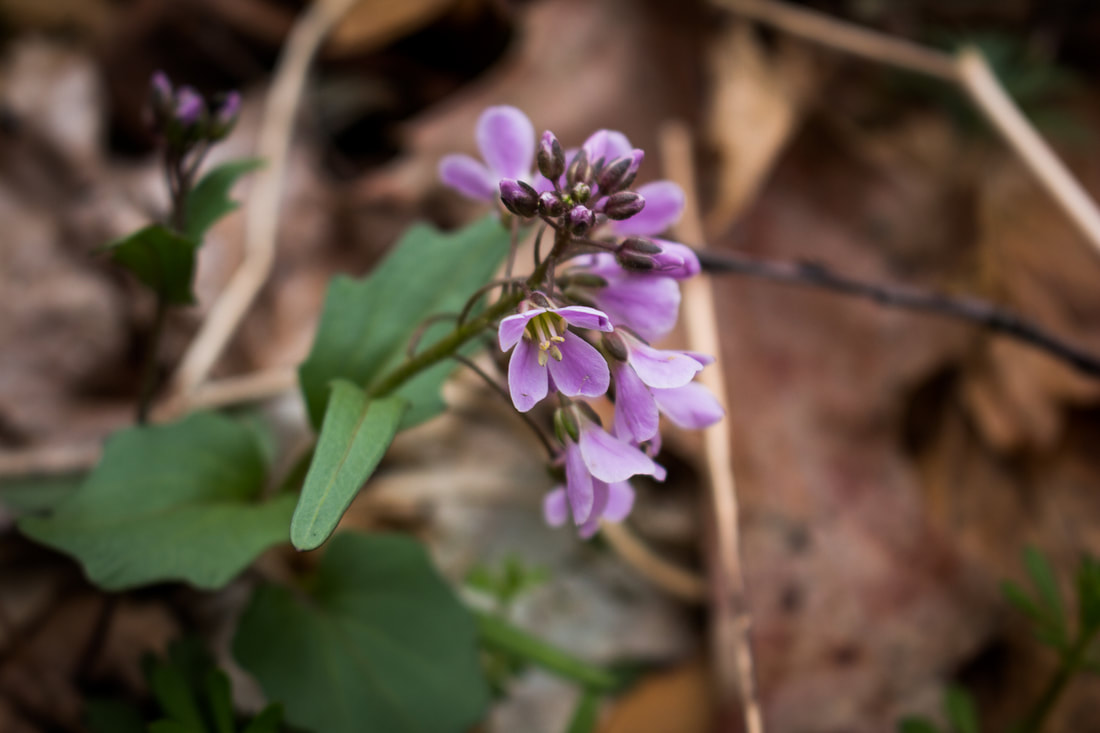
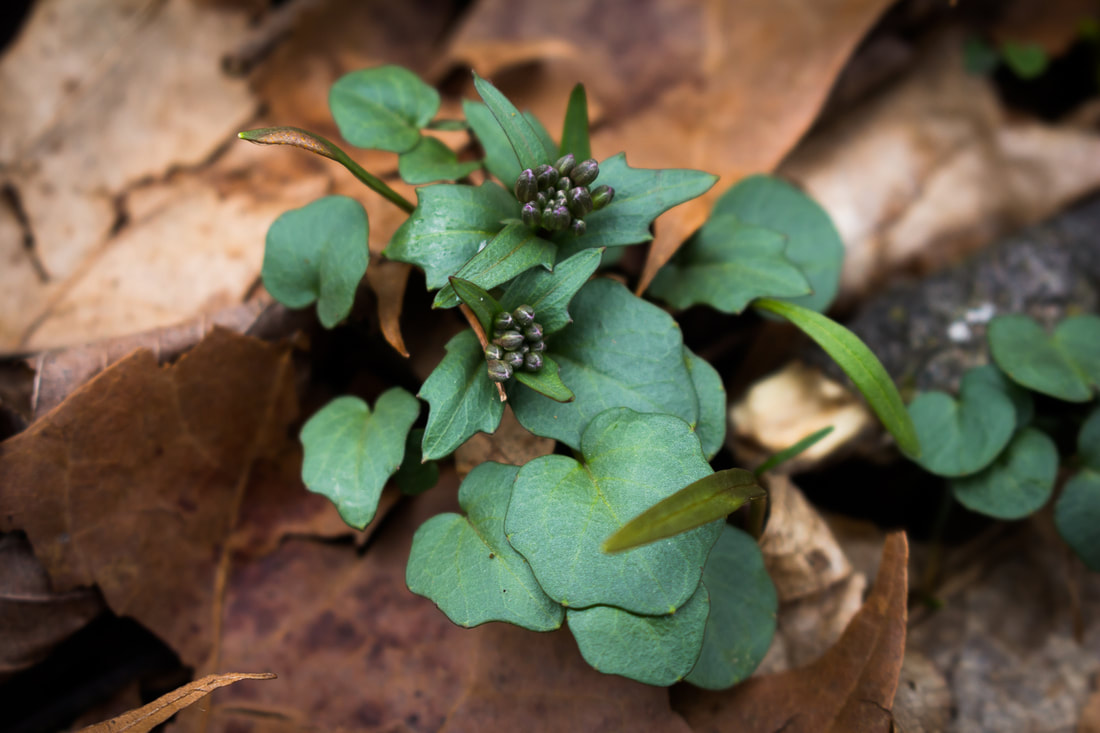


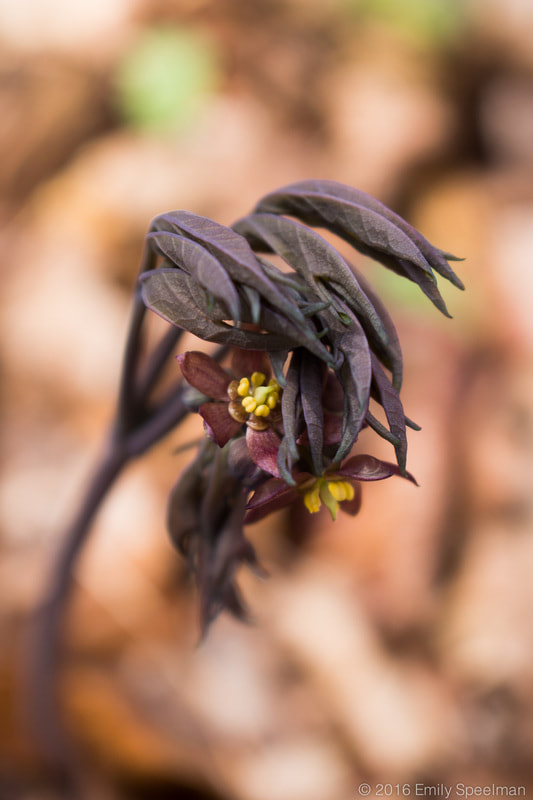








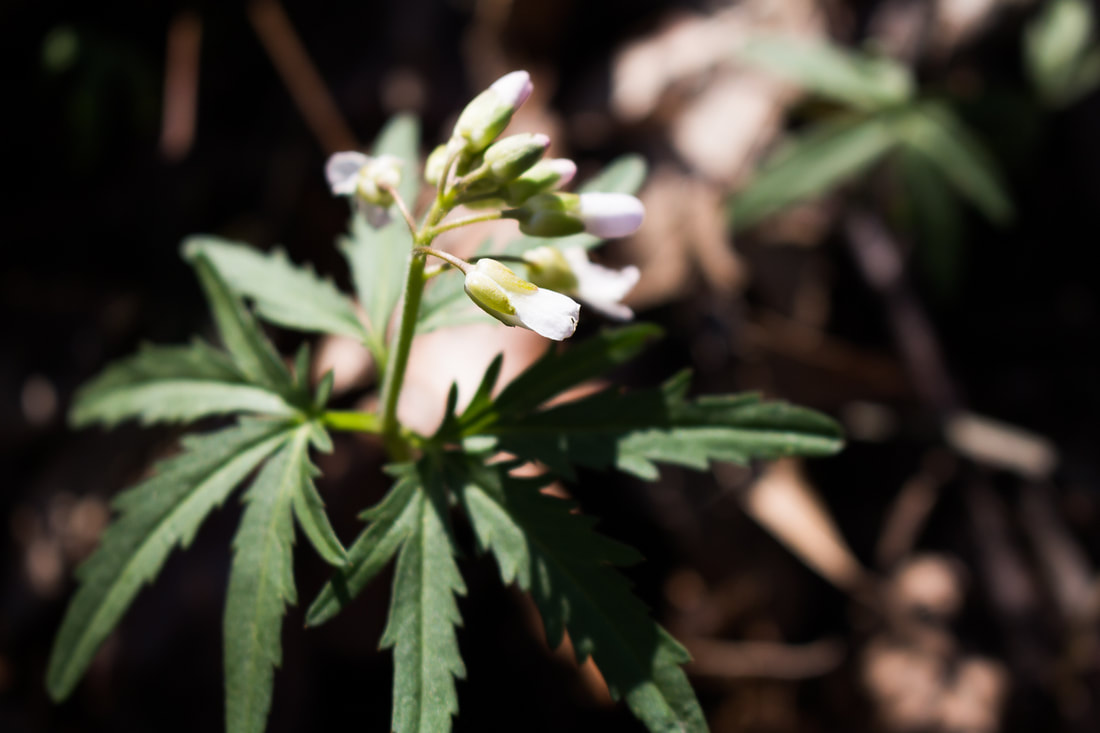
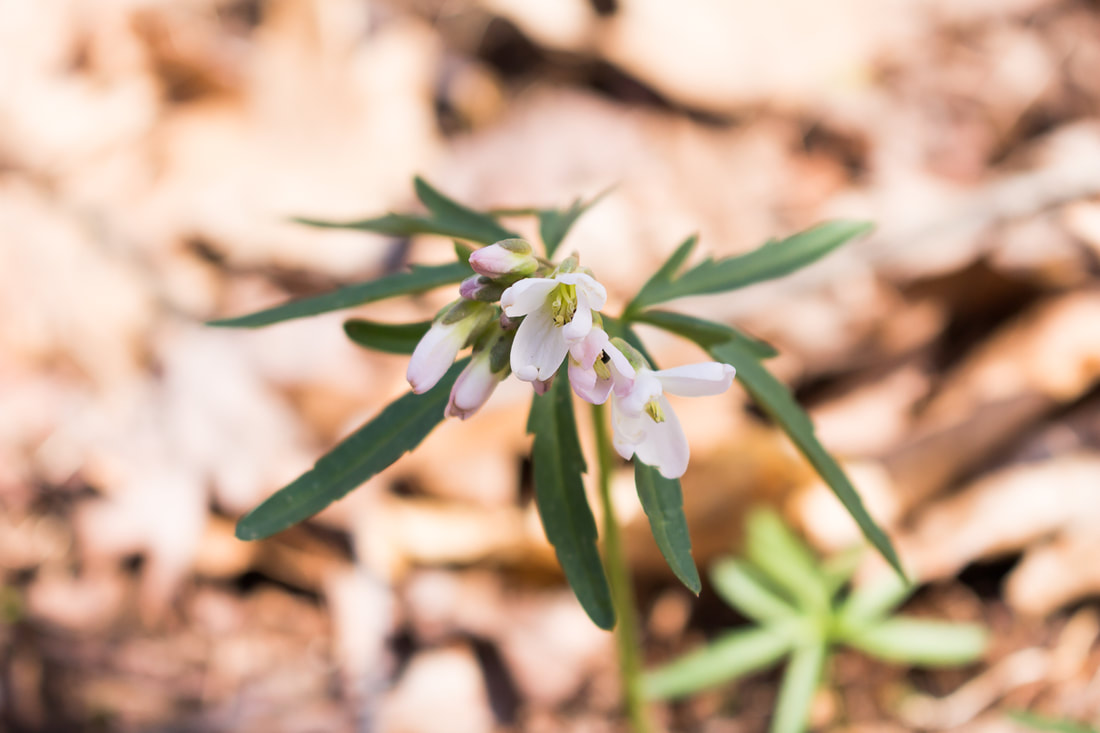
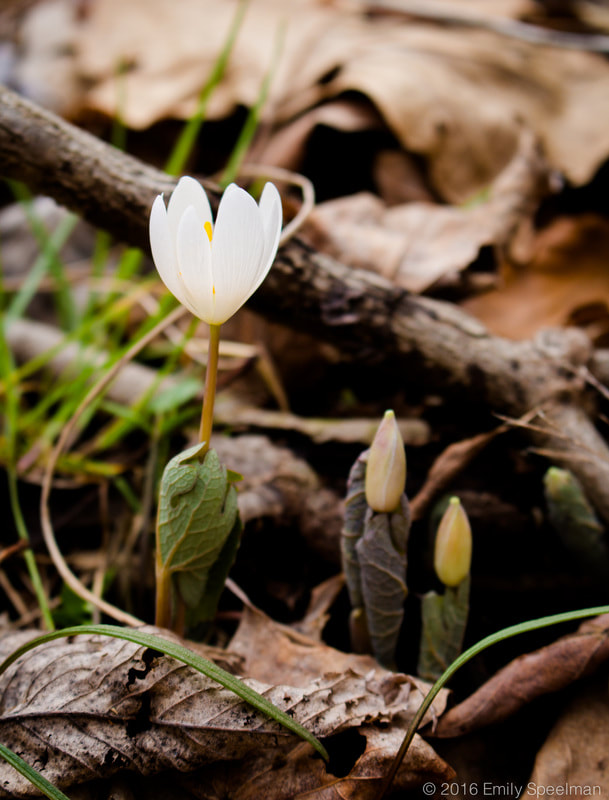

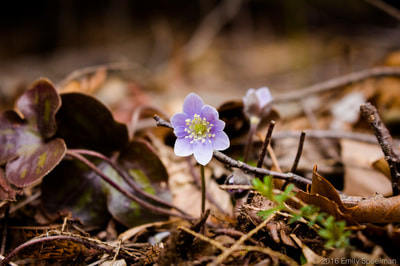



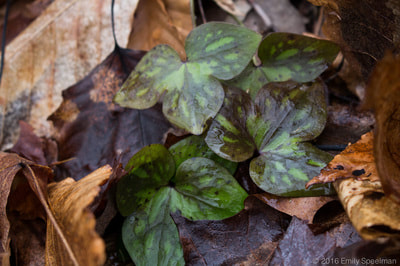
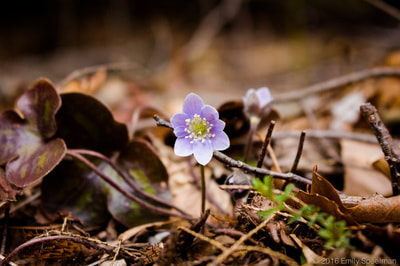



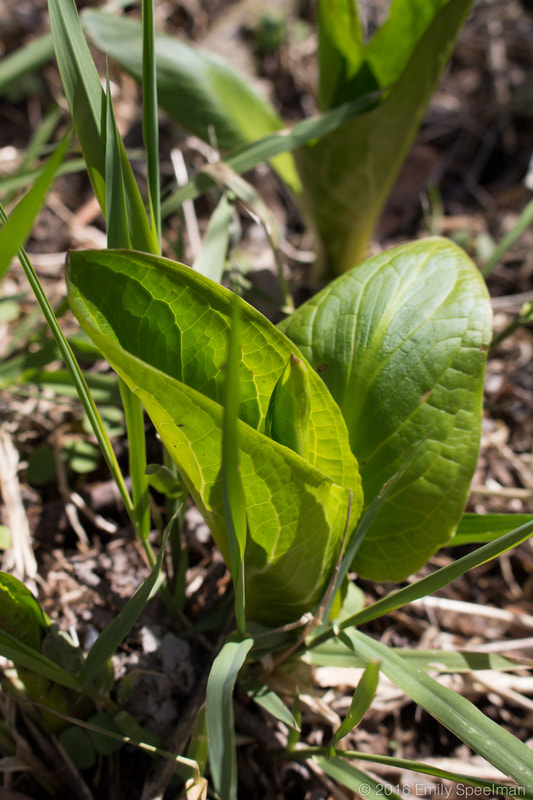




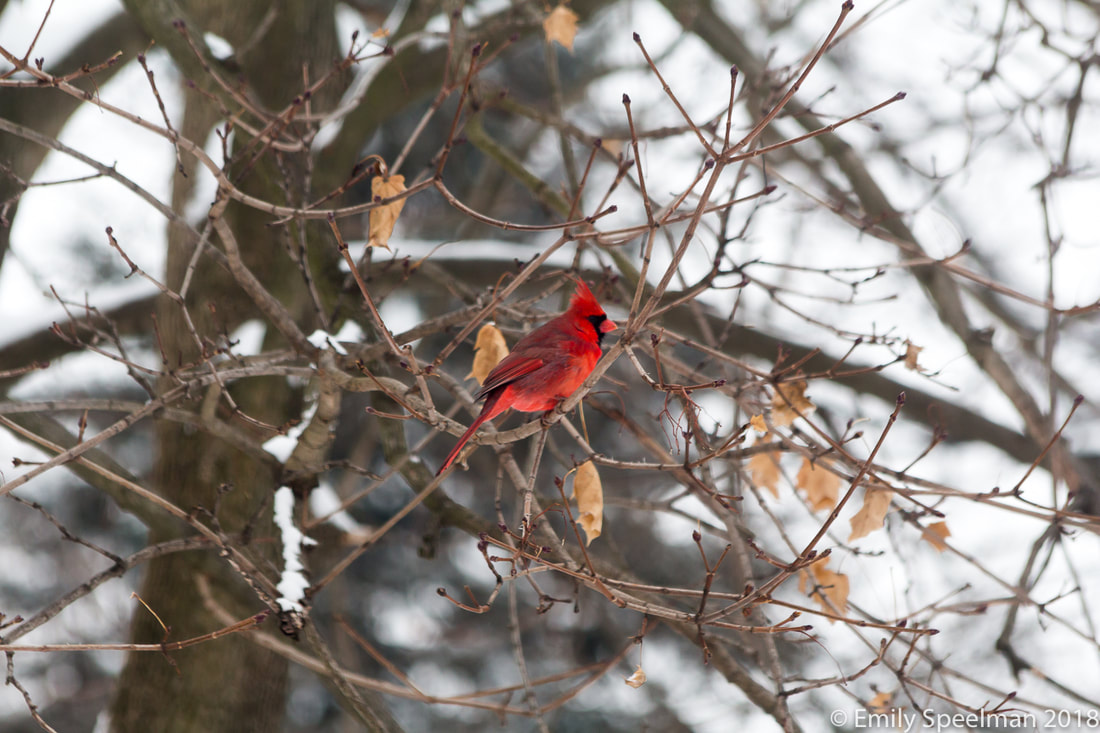



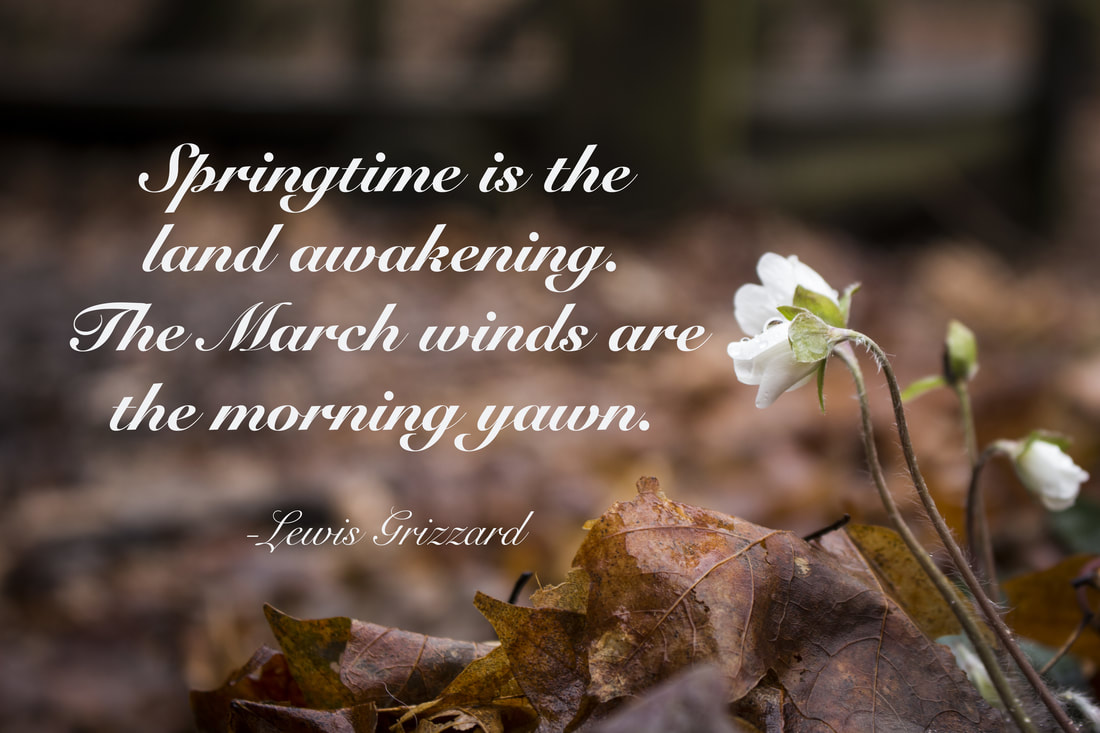
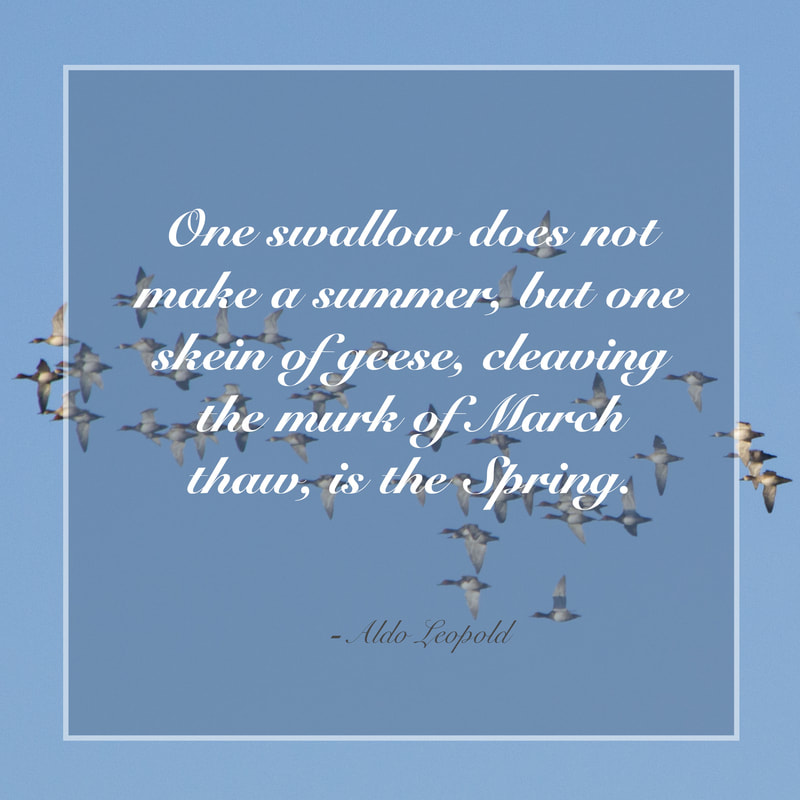
 RSS Feed
RSS Feed